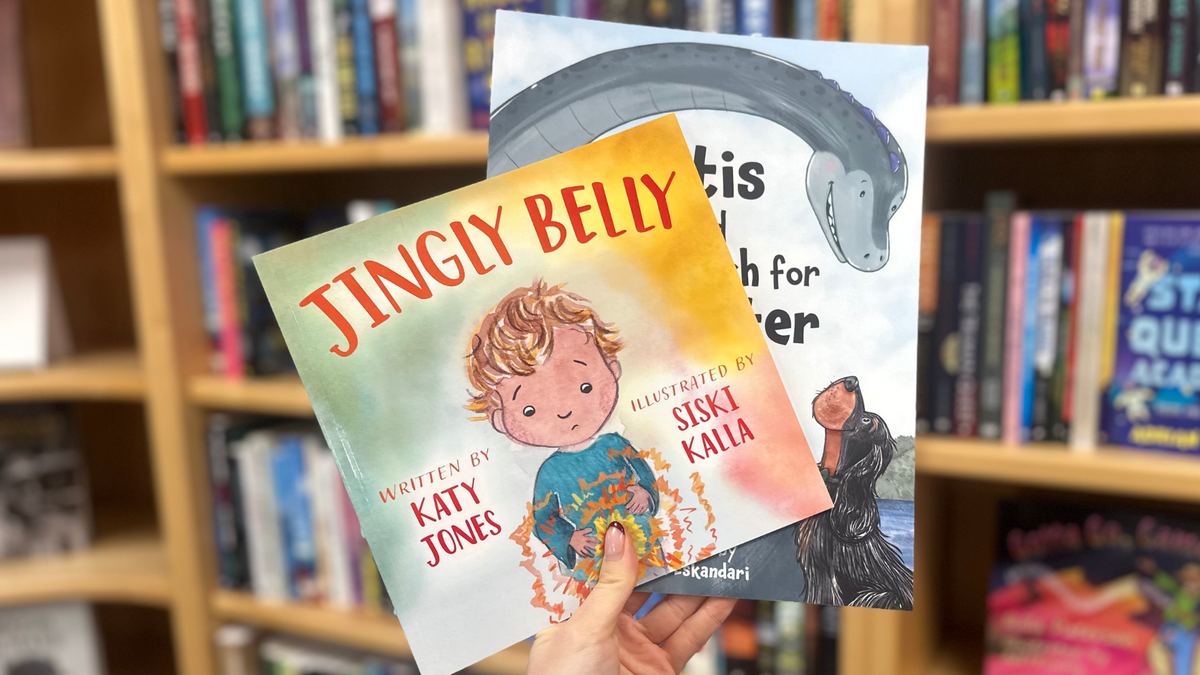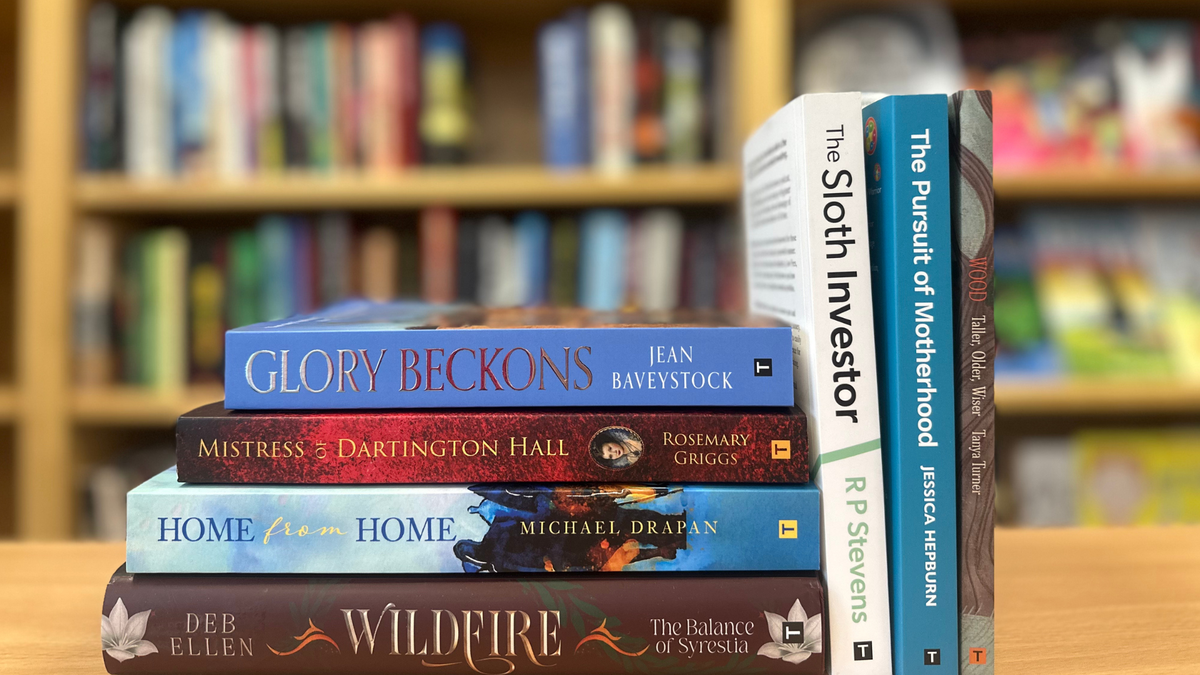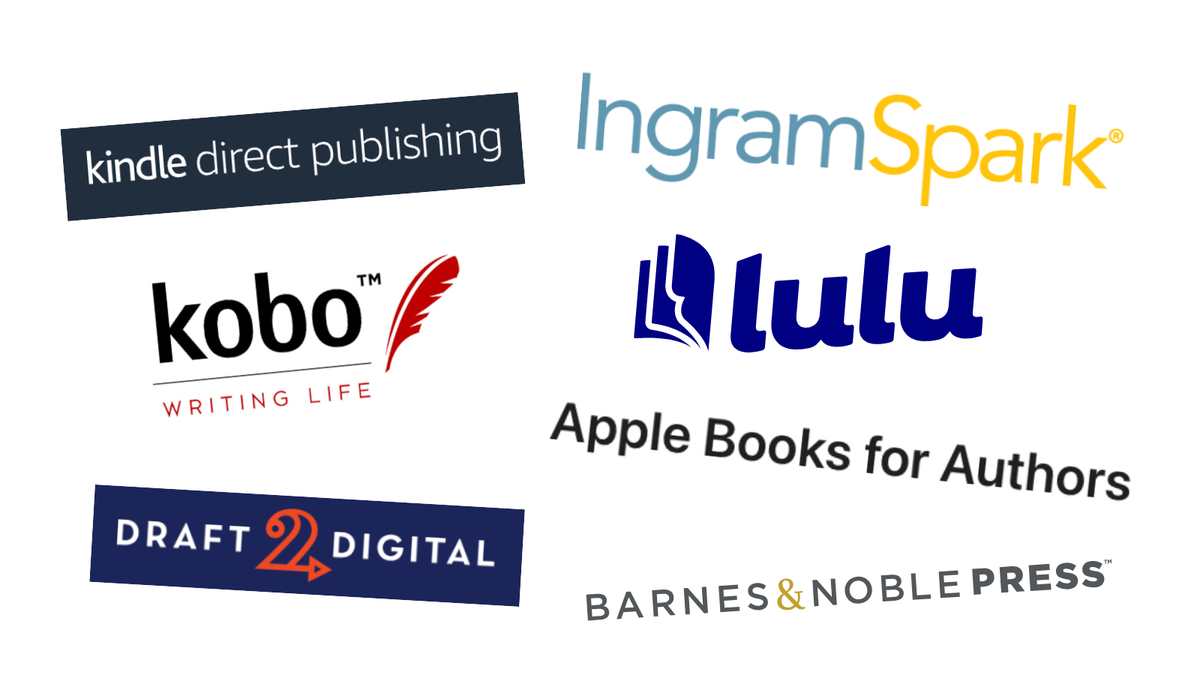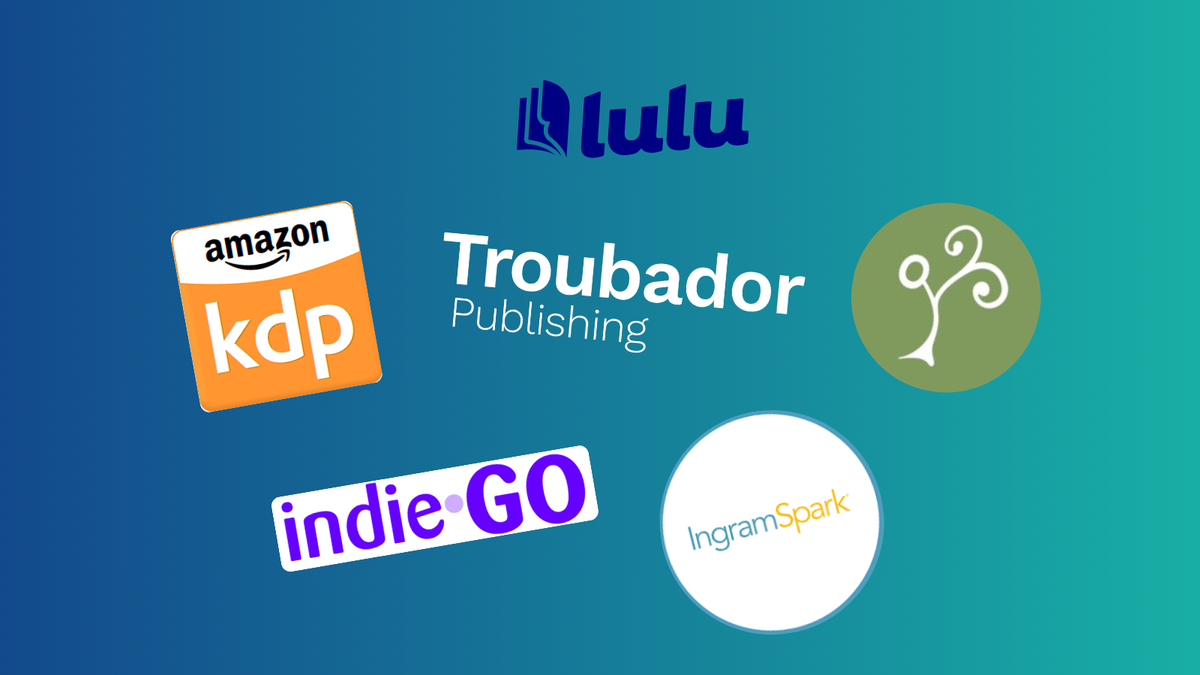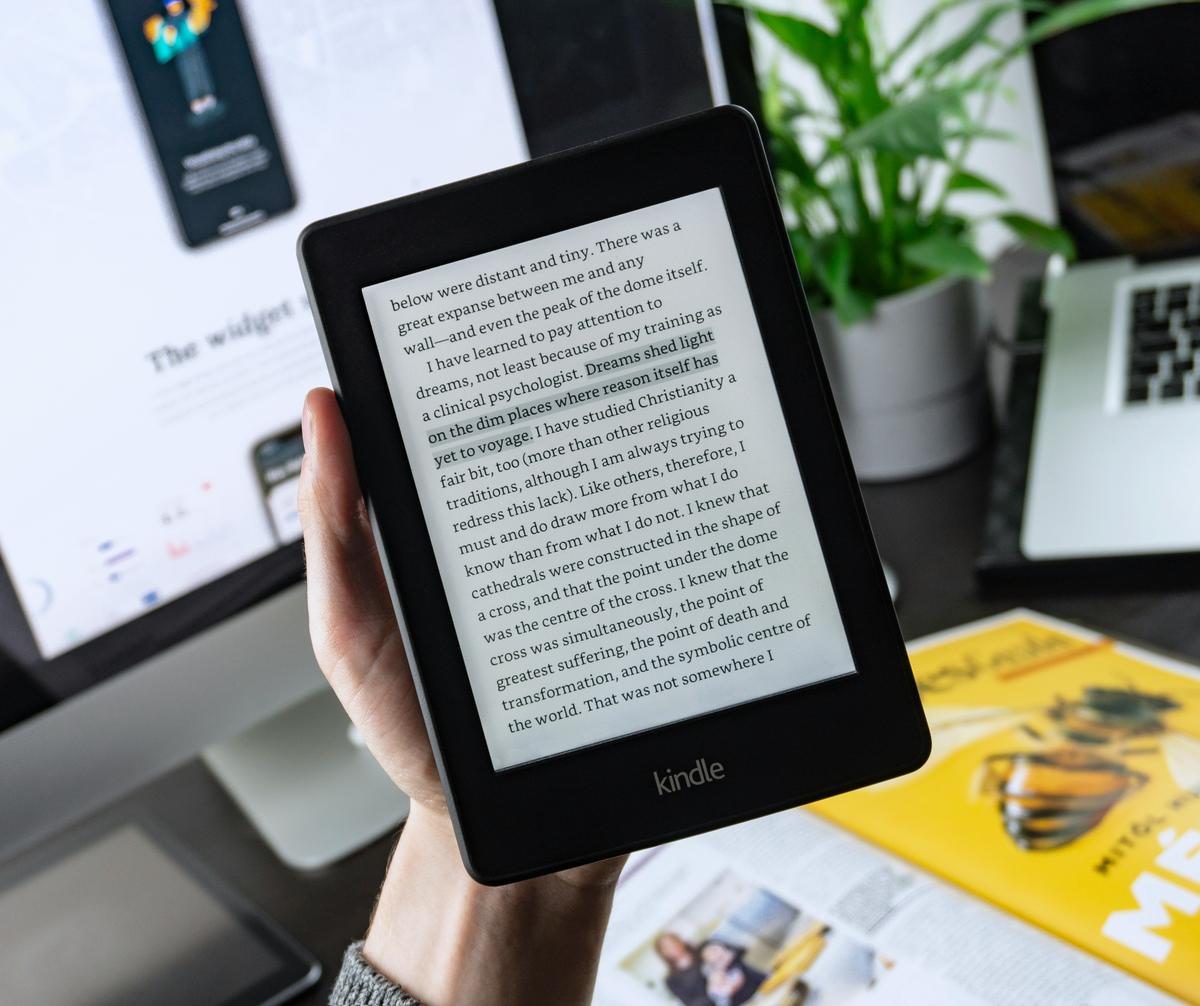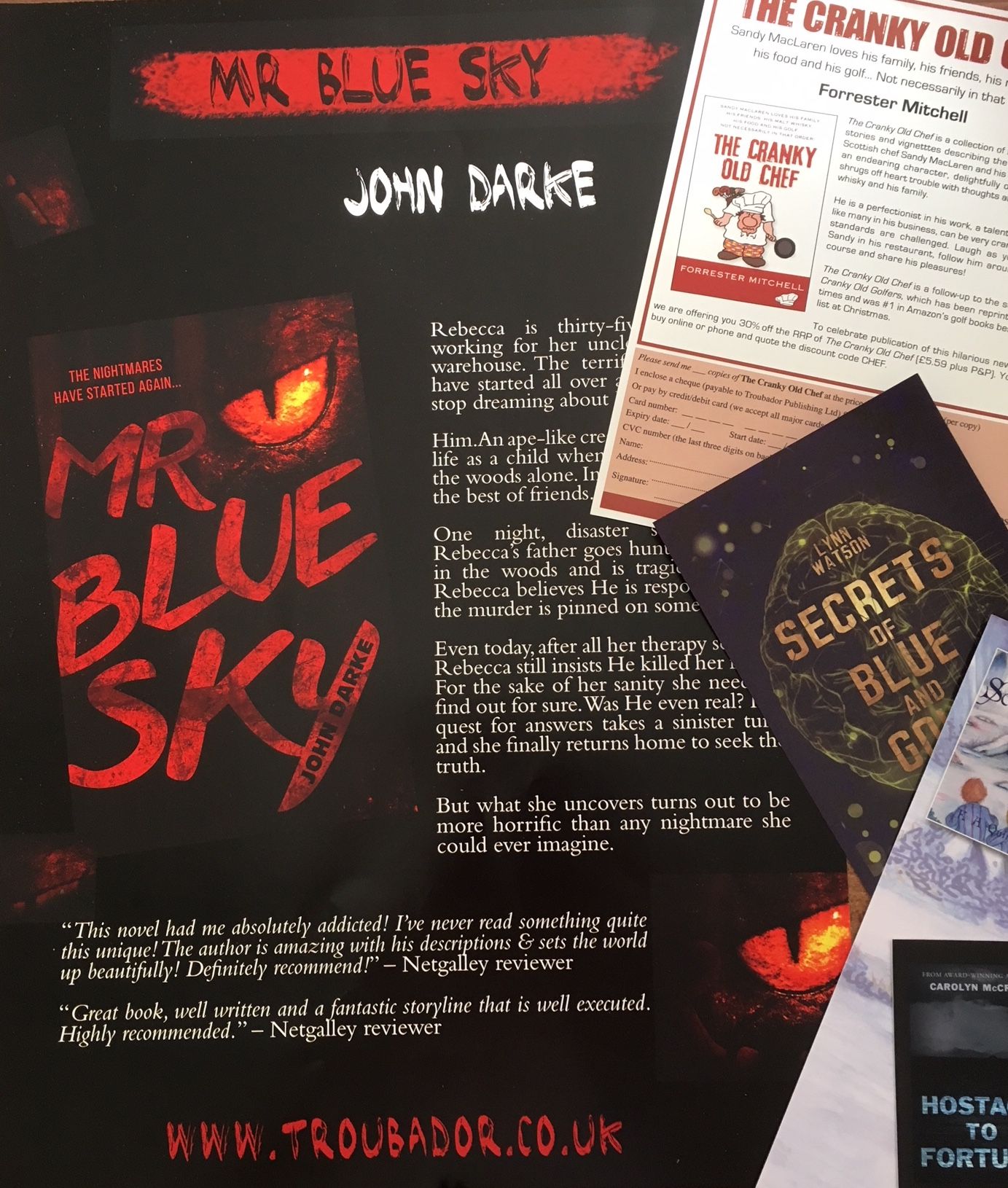
6th August, 2018
6 min read
Supplementing your Marketing
Written by:
Meera Vithlani
There are so many different ways to market both your book and yourself as an author. Strategies such as direct marketing to bookshops, PR activity to the media, engagement marketing via social media and networking are all time-consuming but important tasks for authors promoting their own work. One cost-effective way of bolstering these other types of book marketing is to produce a range of marketing materials.
In this article, we take a look at the most popular types of marketing materials authors order and offer some top tips for using them. Marketing materials are promotional items, there to help sell your products, so they need to be ‘on message’ and professionally produced. Don’t fill them with an entire synopsis or author biography, use the available space to tell people what it is about this book they will love and why they should buy it. Knowing where you will be handing out, or displaying, the marketing materials – and who you want to pick them up – should help you get the design just right. If arranging events, bookshops or other venues might ask if you have any Point of Sale materials available to help promote a signing. It’s rare that a bookshop will produce these on your behalf, and they are far more likely to support an event if you can provide them with posters or show cards. Marketing materials can be a useful extra tool in your marketing arsenal.
Posters: From A3 size for grabbing attention to A4 size to impart information, posters are a brilliant way to announce signings and events or to advertise your book to a targeted audience. Posters are versatile, but make sure you know where you will use them. If you’re advertising a signing/event, you’ll either need to print individual posters with the specific signing location, date and time printed on already, or, more usefully, use a poster with blank space where event details can be added afterwards, thus giving you much more flexibility. Some venues will not be pleased if you plaster a large A1-sized poster all over their front window but would be happy to display an A3 or A4 one, so check before ordering – big is not always better! Remember that indie bookshops are not big fans of Amazon, so if you’re hoping to hang your poster up in bookshops, don't say ‘Buy From Amazon’ on it! Bookshop owners want to sell their own stock in their own shops, they won't be happy advertising any other retailers on a display poster.
Postcards, Bookmarks and Business Cards: Postcards, bookmarks and business cards are great handouts at events and when networking. Some authors use postcards as book event invitations, with a book cover on one side and invitation text on the other, but they can also be used for general book promotion – again with a lovely colour reproduction of the book jacket on one side and some snappy blurb on the other. Remember to always include information as to where people can find out more or buy a copy, though. Bookmarks are the ultimate promotional item for book lovers; a free gift and advertising opportunity all in one. Bookmarks visually look best when there is a nice balance of text to graphic – and can look a bit overwhelming if they are cramped with tiny text, so really focus on the message and cut down your blurb so it fits well within the space available. Business cards are a cost-effective way to advertise yourself as an author – a small but practical item to carry at all times for some ad hoc marketing opportunities. And perfect for speaking events, signings or social occasions… but due to their size they are limited in the information they can give.
Leaflets and Show cards: Leaflets are one of the most versatile marketing materials – but think carefully about the format you want to use. We find that single or double-sided A5 leaflets work best – having enough space to promote your book and brand, but not too much space to fill. Think about how you will use the leaflets – are you mailing them out? In which case, do you want to include an order form as part of the leaflet? (If you are doing a direct mailout campaign, however, make sure you are compliant with GDPR.) A great alternative to leaflets, especially if you will be out and about at events, are show cards These stand up on their own, making them more prominent. Show cards can be produced in a variety of sizes and shapes, but the most popular ones we produce are A4 in size and comprise of a full-colour display board that stands upright – perfect for point-of-sale publicity.
Other Promotional Items: There are hundreds of different promotional items available that you could use as giveaways to promote your book, but before you get carried away with freebies, think about what would give the best return on investment. Promotional pens and pencils might go well with the theme of writing, but they are limited when it comes to what you can actually print on them. Just putting your book title won’t work – how does anyone know it's a book title? You can't use a book jacket image on a pen or pencil; these items tend to work best if you can put a web address on too.
What about T-shirts, with the book jacket on the front? These can be great fun if working with children’s books and running events at schools, etc., or at genre or themed events for genre-based titles, but they are not necessarily as appropriate for adult fiction. Over the years we’ve also produced note pads, balloons, carrier bags, erasers and mints, all branded up as giveaways – but before spending on these items, consider whether they are really going to help your brand as an author compared to the often cheaper items such as leaflets and postcards, where you have more space for your marketing message.
Top Tips
Finally, here are our top tips for getting it right!
- You are selling yourself as an author and publisher, so make sure your marketing materials are error-free. Spell check, proofread and get another set of eyes on them before printing.
- Always remember to include details of where the books can be purchased from or your professional contact details. Don’t forget key information such as ISBN, price, author name, and title – all the information that a bookshop would need when sourcing a book.
- Your marketing materials need to reflect you in a professional light. Never change incorrect or outdated information on a leaflet, bookmark or business card by crossing it out and handwriting in the updated information. It does not shout professional. Marketing materials don't have to be expensive to produce – and can be reprinted and updated as needed.
- Always check you have permission before putting up posters or handing out leaflets in public places. We’ve had complaints about authors who have filled leisure centre dispensers with their own leaflets without prior permission. Some venues actually charge to display leaflets, so don't assume it’s free! We’ve also heard of an author who put up roadside banners – and the relevant highway agencies were very unhappy and threatened legal action… these are extreme examples, but it does show how important it is to get permission beforehand.
- Finally, be clear about what you’ll use your marketing materials for and make sure the design is suited to that purpose. If you choose a variety of formats (poster, postcards, etc.), don't just assume one design will fit all – a big poster can carry more text, but a business card needs to be much more concise – each has a different purpose.
Hopefully, you’ll be already using marketing materials alongside your current promotional efforts, but if not, don't forget that at Troubador we offer a wide range of marketing materials – from posters to show cards and everything in between. The perfect way to help you market directly to your readers.




